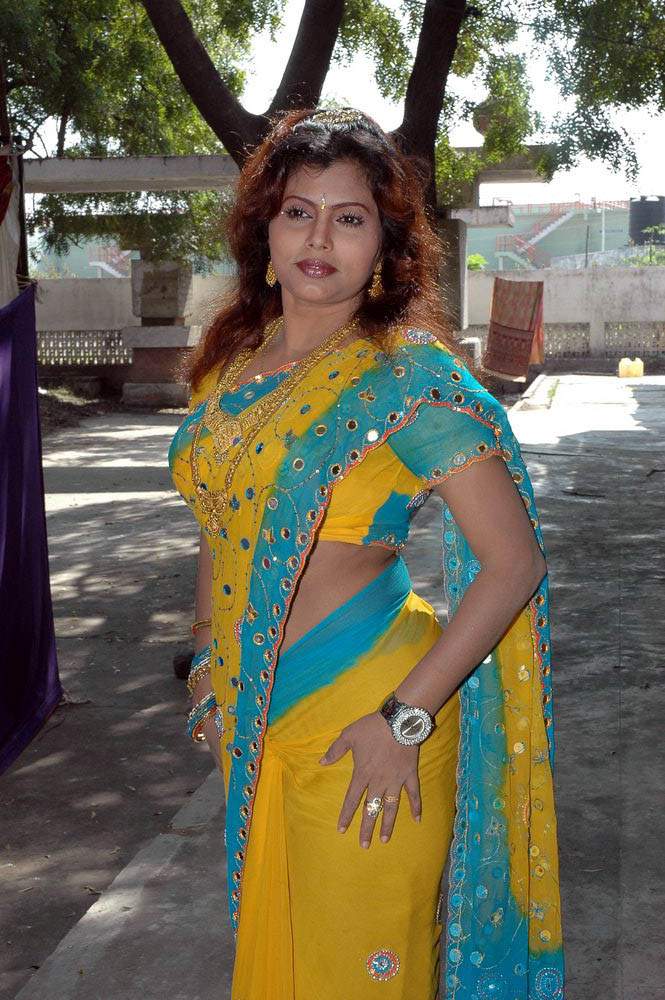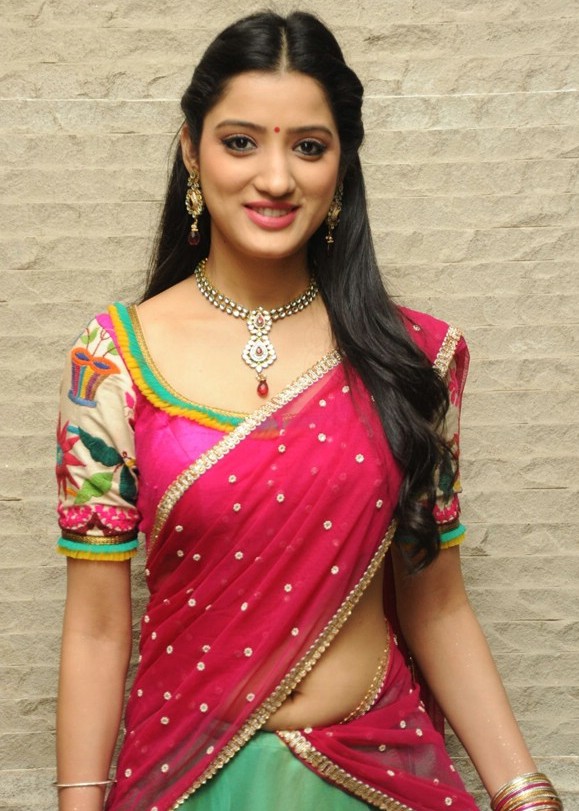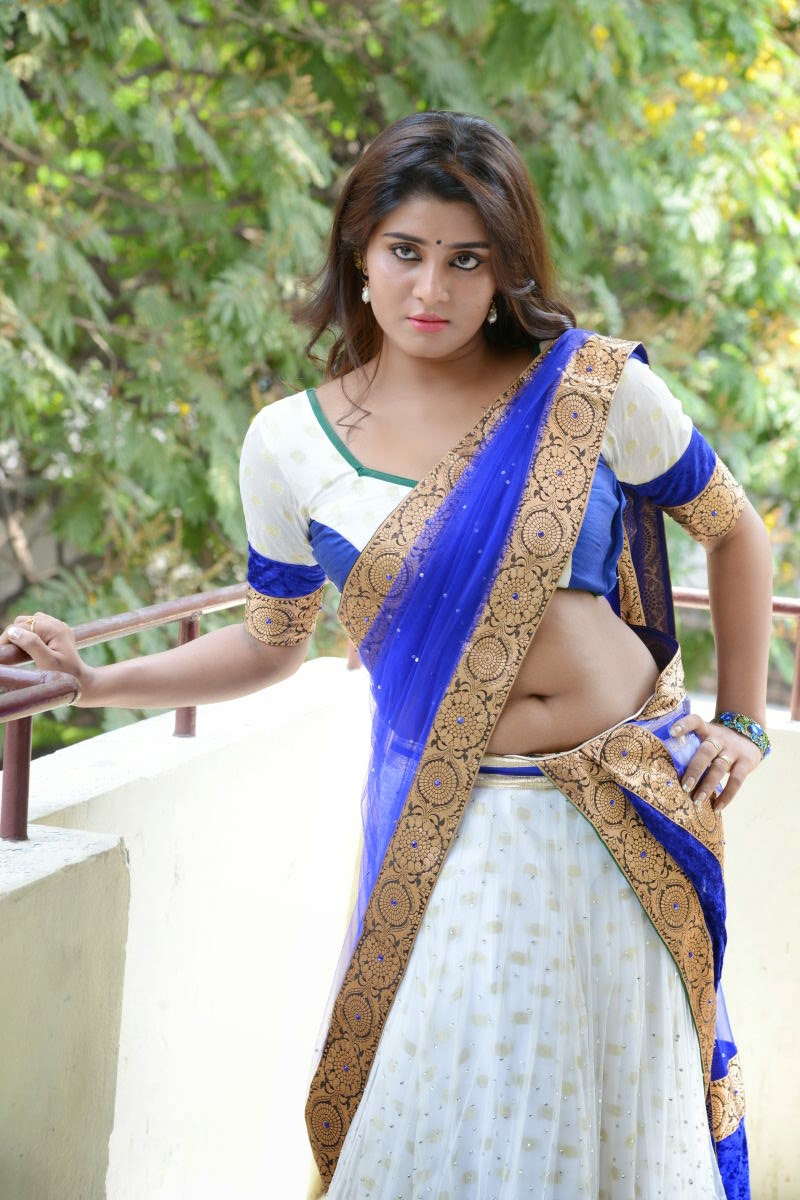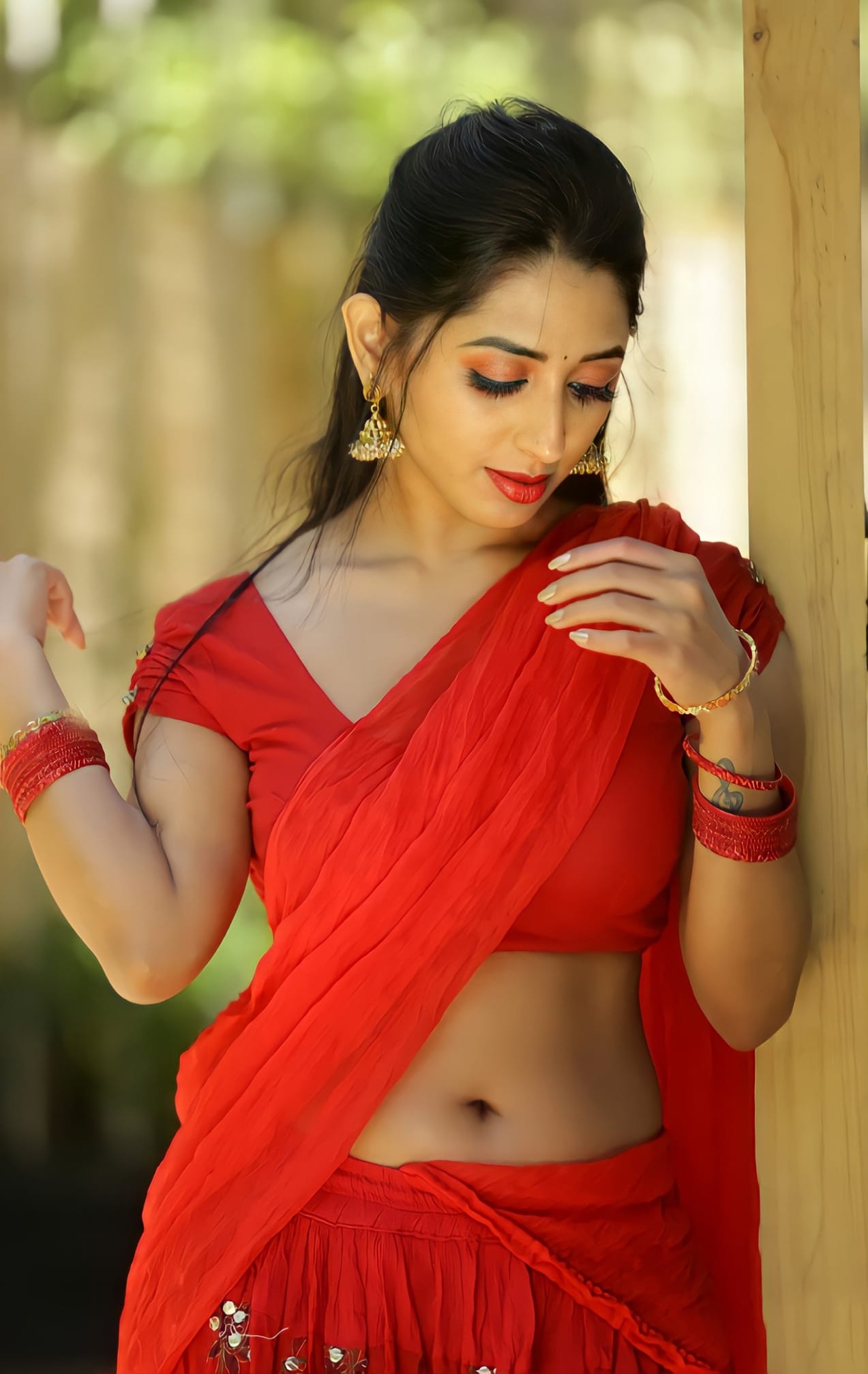Hot Saree Navel Show Of Telugu Heroines

The Telugu film industry, often called Tollywood, is facing renewed scrutiny over its portrayal of women, specifically regarding the visibility of the midriff in saree-clad characters. While the saree is a traditional garment, its styling in contemporary cinema has sparked debate about objectification and cultural representation. This has led to discussions about the responsibility of filmmakers and actors in shaping societal perceptions.
At the heart of the issue is the recurring depiction of Telugu heroines with exposed navels while wearing sarees. Critics argue this perpetuates a narrow and sexualized image of women, reducing them to mere visual objects. Advocates for artistic freedom, however, maintain that these choices are purely aesthetic and should not be subject to censorship or moral policing. The controversy underscores a broader tension between artistic expression and ethical considerations in the film industry.
Historical Context and Cultural Significance
The saree, a draped garment originating from the Indian subcontinent, holds deep cultural and historical significance. Traditionally, it represents modesty, grace, and femininity. However, its contemporary styling, particularly in cinema, has often deviated from these traditional values.
Over time, film has popularized variations in saree draping, sometimes prioritizing sensuality over conventional modesty. This shift has led to concerns about the potential erosion of cultural heritage and the reinforcement of harmful stereotypes. The use of the saree as a symbol of both tradition and sexuality creates a complex and often contradictory dynamic on screen.
Arguments for and Against the Portrayal
Critics of the "saree navel show" argue that it contributes to the objectification of women and reinforces patriarchal standards. They point to the disproportionate focus on the midriff as an example of how female bodies are commodified for male consumption. This constant exposure, they believe, can normalize unrealistic beauty standards and contribute to the sexualization of women in broader society.
Conversely, some argue that filmmakers have the right to artistic expression and that the depiction of women in sarees, even with exposed midriffs, should not be subject to censorship. They claim that individual actors should have the autonomy to choose roles that align with their personal values and that viewers should be able to distinguish between fictional representations and real-life expectations. This perspective emphasizes freedom of speech and the importance of avoiding restrictive interpretations of art.
Perspectives within the Film Industry
Interviews with actresses in the Telugu film industry reveal a range of perspectives. Some feel pressured to conform to industry expectations regarding appearance, fearing that rejecting roles requiring revealing outfits could jeopardize their careers. Others believe that they have agency in choosing their roles and that they can portray strong, independent characters even while wearing sarees in a more sensual way.
Directors and producers often cite the demands of the audience and the need to create visually appealing content as justification for their choices. They argue that these depictions are simply catering to popular tastes and contributing to the entertainment value of their films. However, this explanation is often challenged by those who argue that the industry has a responsibility to promote more balanced and nuanced representations of women.
Impact on Societal Perceptions and Future Trends
The consistent portrayal of women in a specific manner can have a lasting impact on societal perceptions of beauty and femininity. When such images are repeatedly presented on screen, they can gradually become normalized, influencing how people view themselves and others. This can lead to body image issues, pressure to conform to unrealistic standards, and a reinforcement of gender stereotypes.
Looking forward, there is a growing call for greater diversity and authenticity in the portrayal of women in Telugu cinema. Some filmmakers are actively seeking to create stories that showcase women's strength, intelligence, and complexity, moving beyond superficial representations. As conversations around gender equality and representation gain momentum, it is likely that the industry will continue to evolve, hopefully leading to more empowering and balanced portrayals of women on screen.
The debate surrounding the "saree navel show" in Telugu cinema highlights the ongoing tension between artistic freedom and ethical responsibility. As the industry moves forward, it is crucial to foster a more inclusive and equitable environment where women are represented in all their complexity and diversity. Ultimately, a more balanced and nuanced portrayal of women in film can contribute to a more equitable and just society.



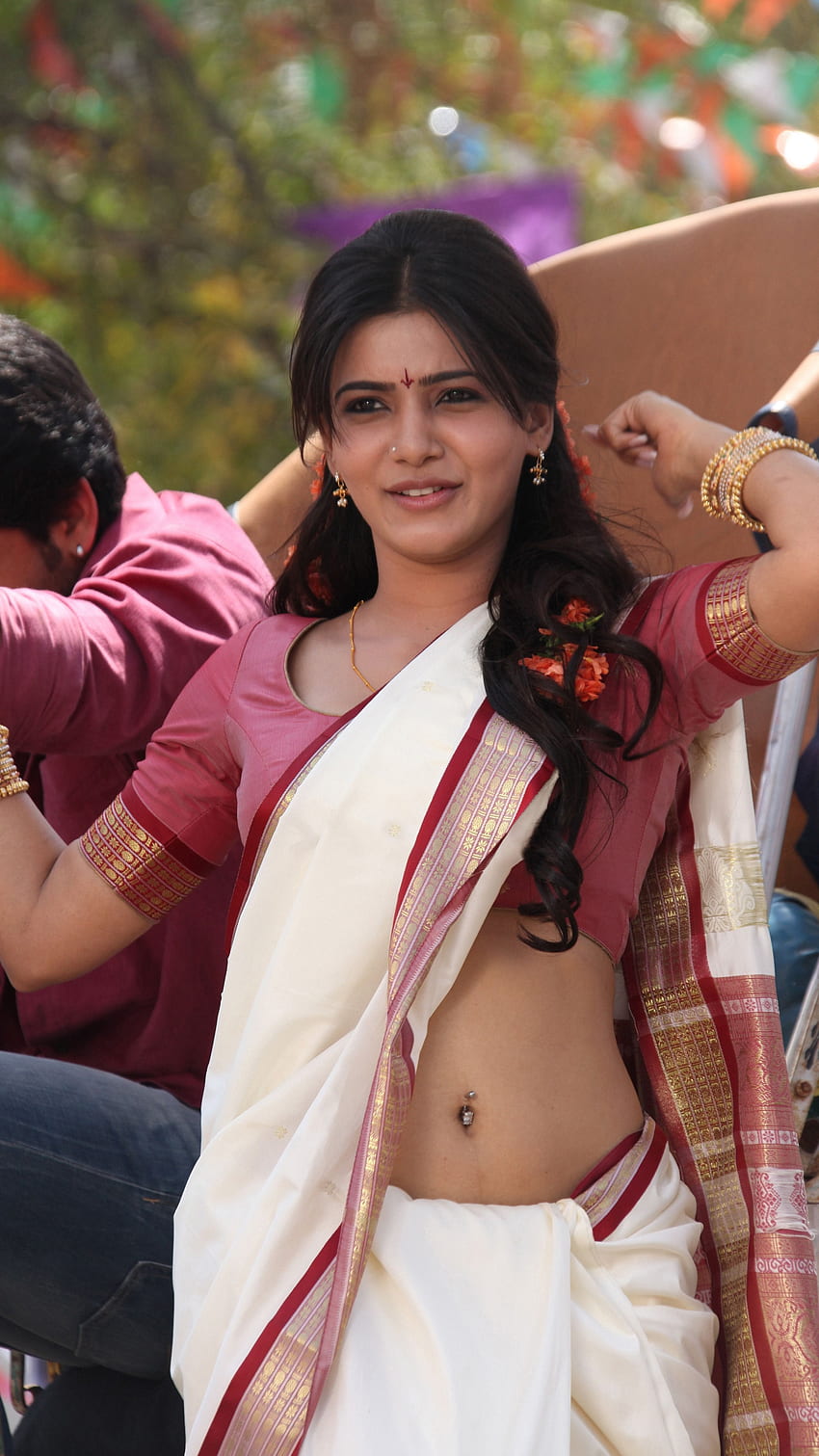
.jpg)



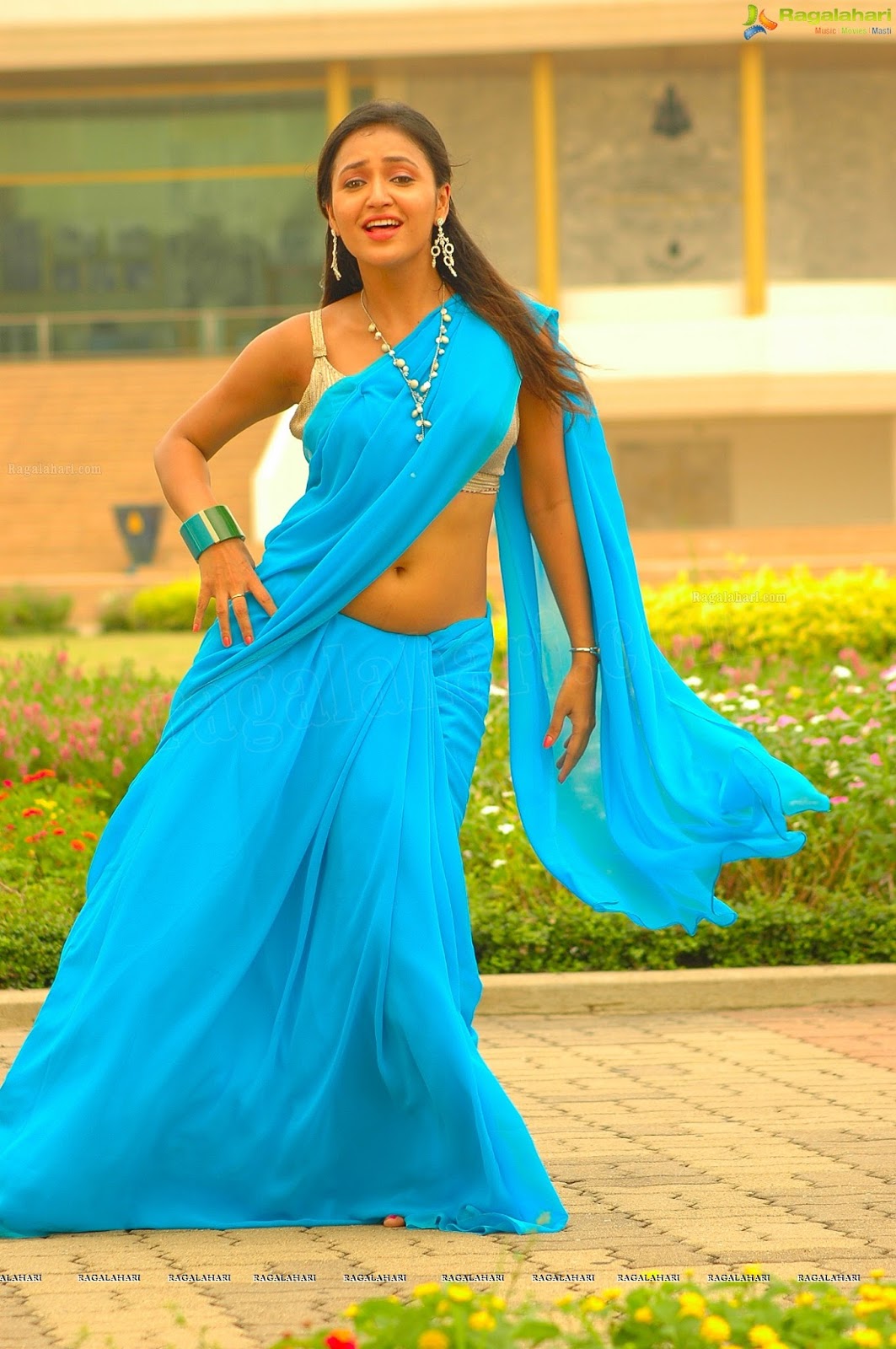.jpg)

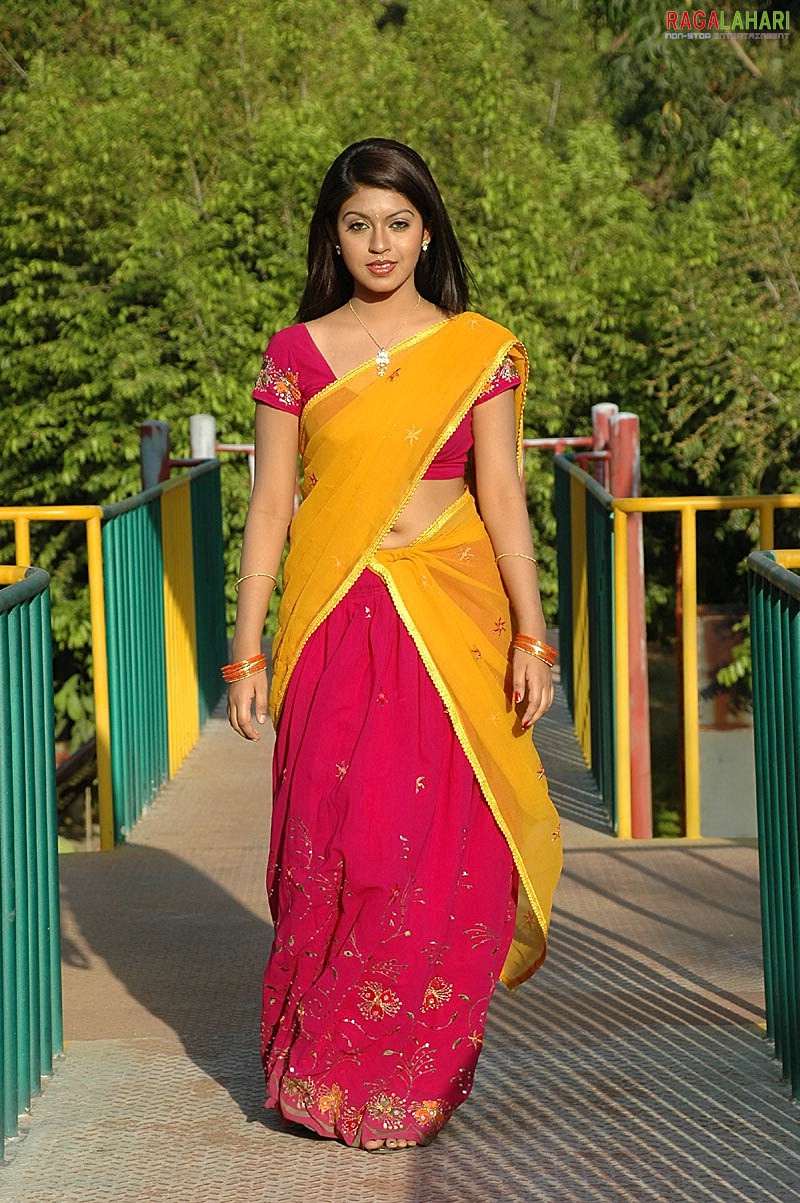.jpg)

